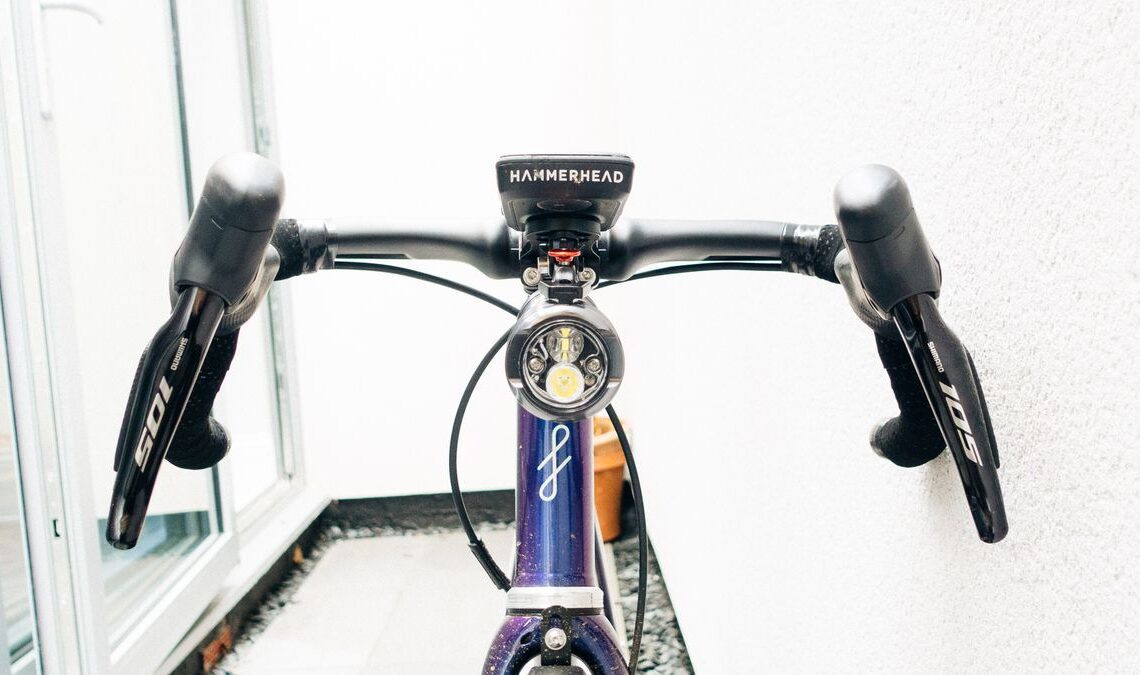Some products seem to light up the comments more than others. Narrow handlebars are one of those things, especially since the UCI banned the extreme inward lever position. Recently I discovered a couple of handlebars that were on sale and designed to comply with the new UCI rules, whilst still allowing an extremely narrow hand position at the hoods, by dint of an aggressive flare. To see what the fuss was about, I borrowed a set from Lambda Racing, as they are the more viable consumer option thanks to a more affordable price tag, and popped my first impressions into a reel on the Cyclingnews Instagram feed.
The comments, as expected, were plentiful. Picking two at random, by way of an illustration of their tone:
“Your average rider doesn’t need these, but stupid people will buy them, because the pros have them. Then they’ll crash on a descent on holiday in Mallorca, because they can neither descend well with standard bars, nor handle a bike with narrow ones!”
And
“Oh my God cringe… I can’t even imagine trying to climb on a set up like that and obviously no one with a cockpit that narrow is ever going to be in a sprint so that’s not even something to contemplate.”
I’ve put a good few miles in on the Lambda X-Wing bars now and no, I didn’t die, and yes, they actually were entirely useable. They were definitely different, but if you’re willing to go against the armchair experts there are real gains to be had – it might just enrage your bike fitter. I don’t believe these are bars for stupid people, and the biggest reason they’ll not feature in a sprint is that you’ll be in a successful breakaway.
Design and aesthetics
Getting the right set of road handlebars is a balancing act between getting the optimum biomechanical fit, and the performance advantages that certain products offer. A set of round, alloy handlebars may fit you the best and be more comfortable, but a lighter, narrower set is going to shed weight, and more importantly, could reduce your frontal area.
These Lambda X-Wing bars sit at the very extreme end of the spectrum, with a position that measures 22cm between the tips of the hoods. However, they remain UCI legal as the width at the drops is over 35cm; it’s actually 40cm down there, wider than my usual 38cm bars.
It’s all down to the flare, a compound flare in this case. Beyond the wing shaped top sections the bars curve round beyond 90 degrees to an acute angle, meaning the hoods can be mounted parallel to the…
Click Here to Read the Full Original Article at CyclingNews RSS Feed…

